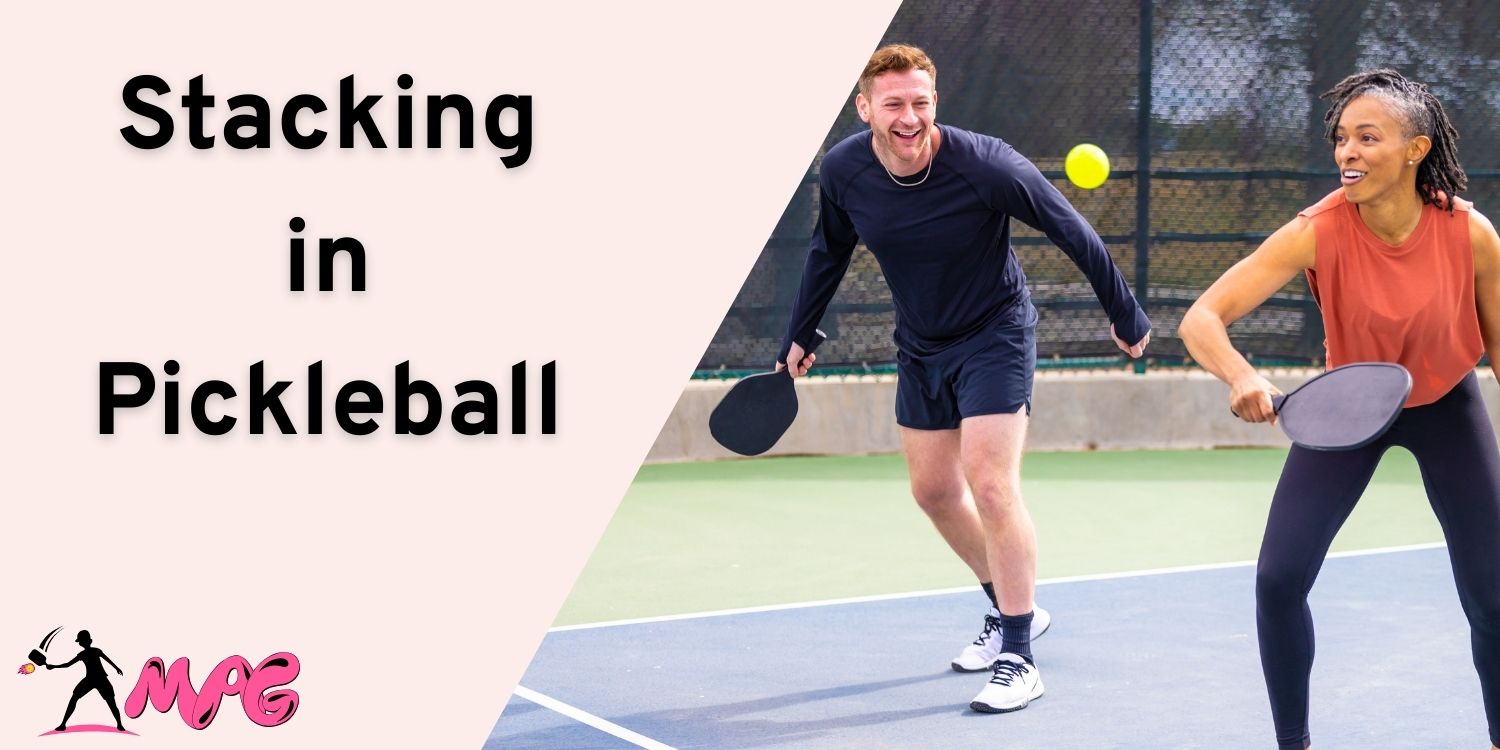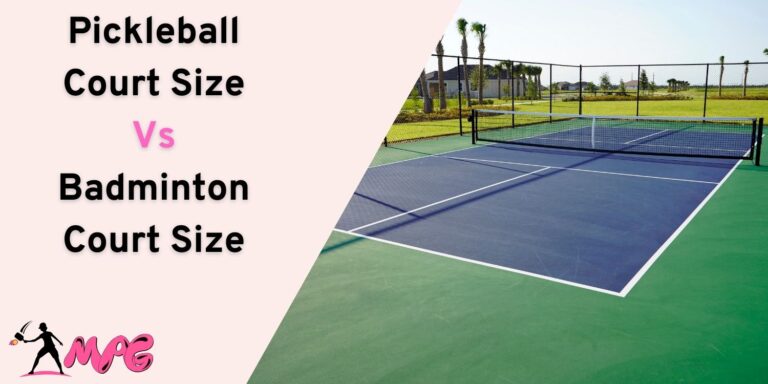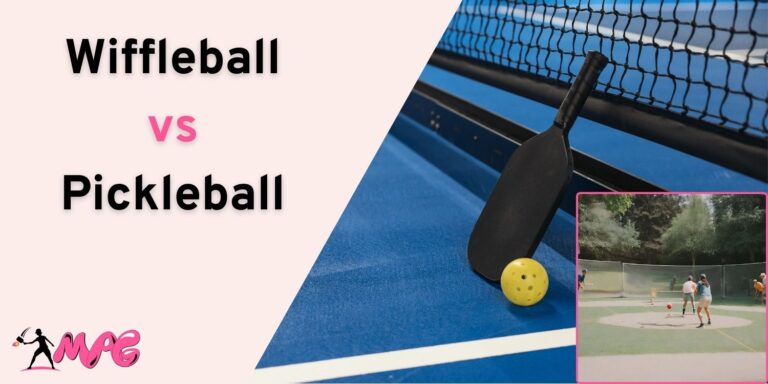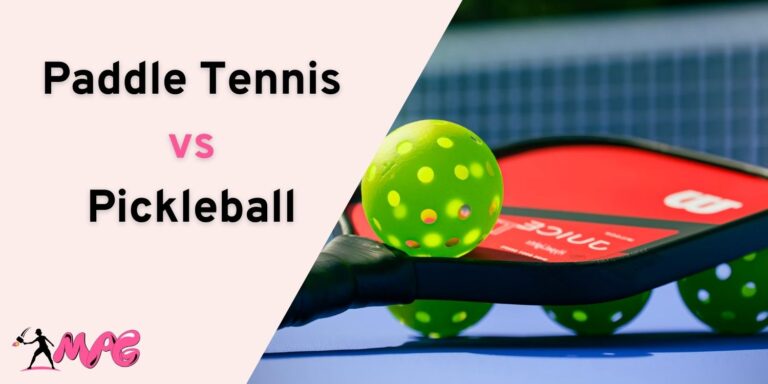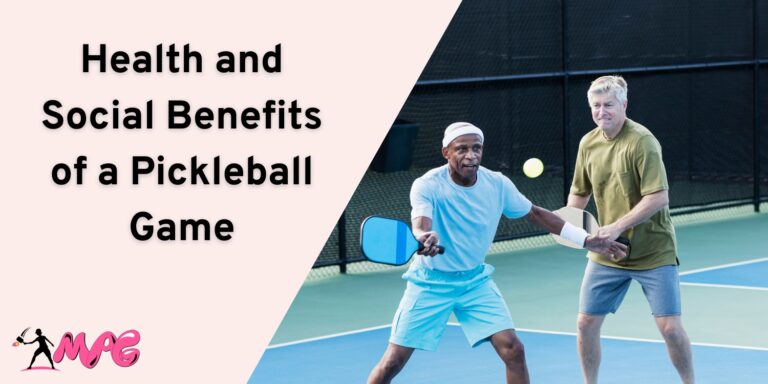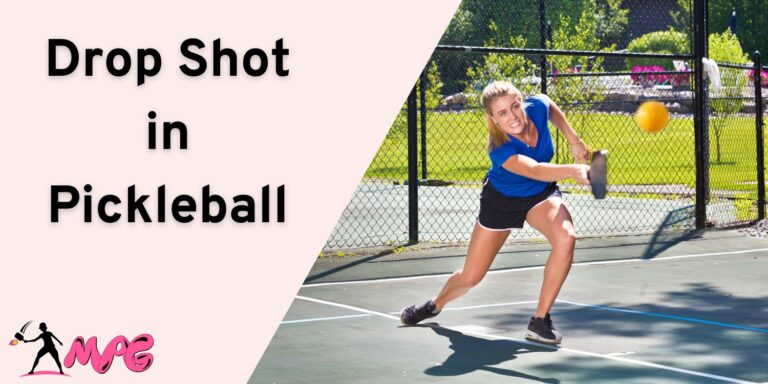Stacking in Pickleball – All You Need to Know
Most of the terms you hear in sports are usually taken from real-world scenarios, for instance, let’s discuss the term “stacking” today.
If you are new to sports or aren’t familiar with the strategy, let me put it in simpler words, a stacking is when two players are standing at the same side of the court without switching.
Stacking basically masks the weaknesses and reinforces the strength of the team as long as both players have matching synergy.
To further dig in on this unique terminology, I would advise you to scroll down below so you can better understand “What is Stacking in Pickleball?” And how does it help a player in a game and how it allows you to exploit your opponent?
How To Stack In A Team?
Obviously, in order to use the stacking strategy in a team, you need to play pickleball in a doubles format. Both the receiving and the serving end can perform this strategy and generally, there is no specific rule that prevents a player from entering their partner’s block in a court.
Typically a Court is 20 feet wide and each side is divided into two segments measuring at 10 feet equally.
A mid-section line divides the court, however, this line only acts as an indicator and doesn’t really restrict a player’s movement from the baseline.
In order to stack, both players stand on the same side of the court before hitting or serving the ball.
During stacking any player can hit or receive the ball irrespective of it being passed toward any player on each side.
Why Stacking Is Helpful in Pickleball?
Here are a couple of benefits of stacking.
Masks Weaknesses
Most players are right-handed, however, not all of them have equal playstyles. I have seen some players having dominant forehand Dinks while some tend to have better backhand shots than the latter.
In that case, mixing or stacking helps you or your teammate in a way that your weakness is concealed.
For instance, if a shot requires a person to hit a backhand dink but he is struggling in that execution, his teammate can cover him through stacking.
Reinforces Strength
On the flip side, strengths can also be reinforced through stacking methodology because it allows you or your teammate to always have the perfect shot while covering the weaknesses of each other.
Although it is easier said than done, such levels of synergy can only be achieved after months of playing together and practicing for hours, otherwise, you are going to end up in a mess.
Catching A Break Or Exploiting An Opponent
This has to be one of the use cases for stacking as it allows you to achieve a huge advantage over a player or simply give your teammate a break.
Stacking is extremely effective whenever your teammate’s weakest link is supported by your opponent and they are trying to wear him/her out by constantly passing the ball to him.
To prevent reflex fluctuation, you can back your teammate through stacking by giving him a hand so that they can catch a break.
Additionally, it is also an effective method to flush out aggressive shots toward your opponent by exploiting their weak links by combining both your and your teammate’s strength towards them, giving them as little time to react as possible.
When You Shouldn’t Stack?
Avoid Stacking like the plague in these scenarios.
Stacking With Newer Players
Casual or newer players need time to adapt to the rules and regulations of the game. Newer players who are in their initial phase can be overwhelmed in doubles format since they have too much information to register in their minds and act accordingly.
Stacking on the other works best when you know your teammate can handle such pressure and can work with you on the court by combining strength and covering for each other weaknesses.
Lack Of Confidence
The dilemma of stacking one place leaves you with a choice of an unguarded spot which means you have left yourself exposed.
Failure to rotate back to that spot in due time results in presumable loss because it’s your responsibility to cover your side which is not possible during stacking.
So make sure you have racked up enough experience to pull off such strategies.
In Casual sessions
Pickleball, at the core of its heart, is a recreational game that suits every demographic of any age. Since most of the games played outside tournaments and leagues are in casual settings, the stacking strategy can be seen as a hardcore approach which is a bit frowned upon.
So make sure you only use strategies to enjoy the game rather than making it too competitive for you and your opponents.
What is Stacking in Pickleball? – Bottom Line
Teamwork makes DreamWork, so in order to build a robust team, you need to have perfect synergy with your partner by practicing these strategies together.
On the other hand, communication plays a huge role in streamlining the stacking playstyle, so make sure you develop your own form of secret gestures to minimize confusion.
Because at the end of the day, a chain is as strong as its weakest link and stacking can help you conceal it if utilized effectively.

